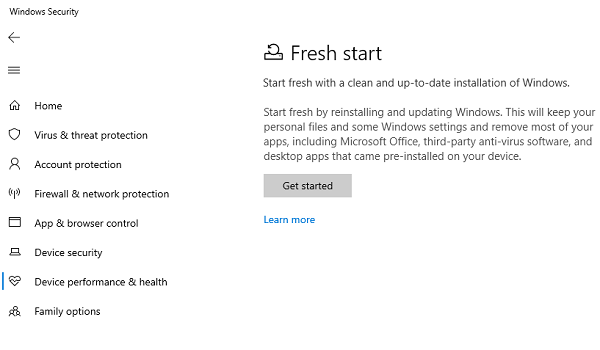Those companies that use an effective version control system for Salesforce can produce better quality software at frequent intervals. Their success rates are higher as their software programs have lesser bugs and issues. They get the benefits of enhanced visibility and reporting. They can rollback changes more efficiently over those organizations that do not use a version control system for their teams. Experts in the field of software development state a version control system is one of the best software practices that a company can embrace as it helps them to produce higher quality software development processes for their teams.
Helps the development teams to work smarter and faster
A version control system helps the software development team of an organization to work smarter and faster. It is a single platform that all the members of the team can have access to when it comes to coding and configuration. The teams are able to work parallelly together when it comes to changes in the software program. They can work on these changes in isolated environments without making any alteration in the environment that lies beneath them. They get the tools they need to identify and resolve conflicts that occur that take place between files.
Thanks to the version control system, they are able to maintain complete audit trails for each stage of the software development cycle with success. They have the ability to review the codes of the program and work in collaboration with them, making the task of separate deployment versions of coding across the testing, staging, and the production environments simple to manage. The path of the version control system for businesses who desire to attain the competitive edge
Many businesses across the globe use Salesforce, and it is popular for small companies to global tech giants. Despite this large and diverse customer base, there have been studies that reveal that businesses often follow the same pattern when it comes to the evolution of their release management that is primarily motivated by the desire to manage effectively the complexity that arises in the environment and its teams around Salesforce. Experts say that this evolution generally comes under three major categories, like development for production, the sandbox, and the Salesforce version control system. Now, let us look at them one by one-
Production development
This refers to the changes that are directly made to the production org. It is a quick and effective method of working after Salesforce has been incorporated for the first time in the business in case the company does not have adequate customization in the workplace to get the development team and the costs to be minimum. In this scenario, the company does not need extra sandboxes. However, this approach is risky as the changes are often made to the live metadata almost every day. The software program often faces disruption due to the presence of features that have not been finished and bugs. This makes identification and fixing problems a challenge. The streams for parallel development become hard, and the admins or developers often overwrite each other codes. Again, there are other basic shortcomings made to the changes, and businesses should note that they cannot create Apex classes that are new in the production environment.
Sandbox environment
Now, in order to avoid the above issues in the production environment, development teams resort to using Sandboxes for building and testing their codes before they are finally released into the production org. They generally use one sandbox or deploy the developer, developer pro, partial data, and full sandboxes under Salesforce for the task. There are many benefits when these developments are done in Sandboxes over the production environment. Developers are able to work in sync with one another parallelly in isolated environments, and all the changes can be tested to get the desired results before they are finally released into the production org.
The Apex codes can be adequately created and later tested before it is released into production, giving way to better customization when it comes to the development environment. Here the change control becomes more refined, and the process can be adapted as per the size of the team and the complexity of the environment as it expands. However, sandbox development will not resolve all the issues that are seen in the production environment as conflicts in code and overwriting of changes become a big issue with limited audit ability to track them down. This is a pain point that the development teams have to face, so when there are multiple environments, it is obvious that sandboxes will not sync with one another: the result, loss of time, resulting in a big drain on the organization.
Version control development
In steps, the version control system to help arrest the above problems that are common in sandbox development. It eases the pain, and most companies are not embracing the version control system to eradicate code conflicts and overwriting. The results have been good and contributed to agile development faster. Companies have realized that version control system has the ability to arrest the shortcomings of development streams that are not free from interference, the absence of automation, the limitations of tracking changes, and the complicated management of the environment that drives teams of software development to seek for improved solutions.
Therefore, from the above, it is evident that companies, no matter how big and small they are, can reap the benefits of a good version control system for Salesforce Sandboxes and arrest many issues that development teams face when it comes to software programs and apps. It is one of the most powerfully effective tools that companies can embrace when it comes to creating top-quality software development processes in the organization. The process of release management becomes streamlined, and the fears of code conflict and overwriting of codes in eliminated in a better way. Complexities are eradicated, and the company is able to satisfy the expectations and the needs of the end-user with success!








Add Comment